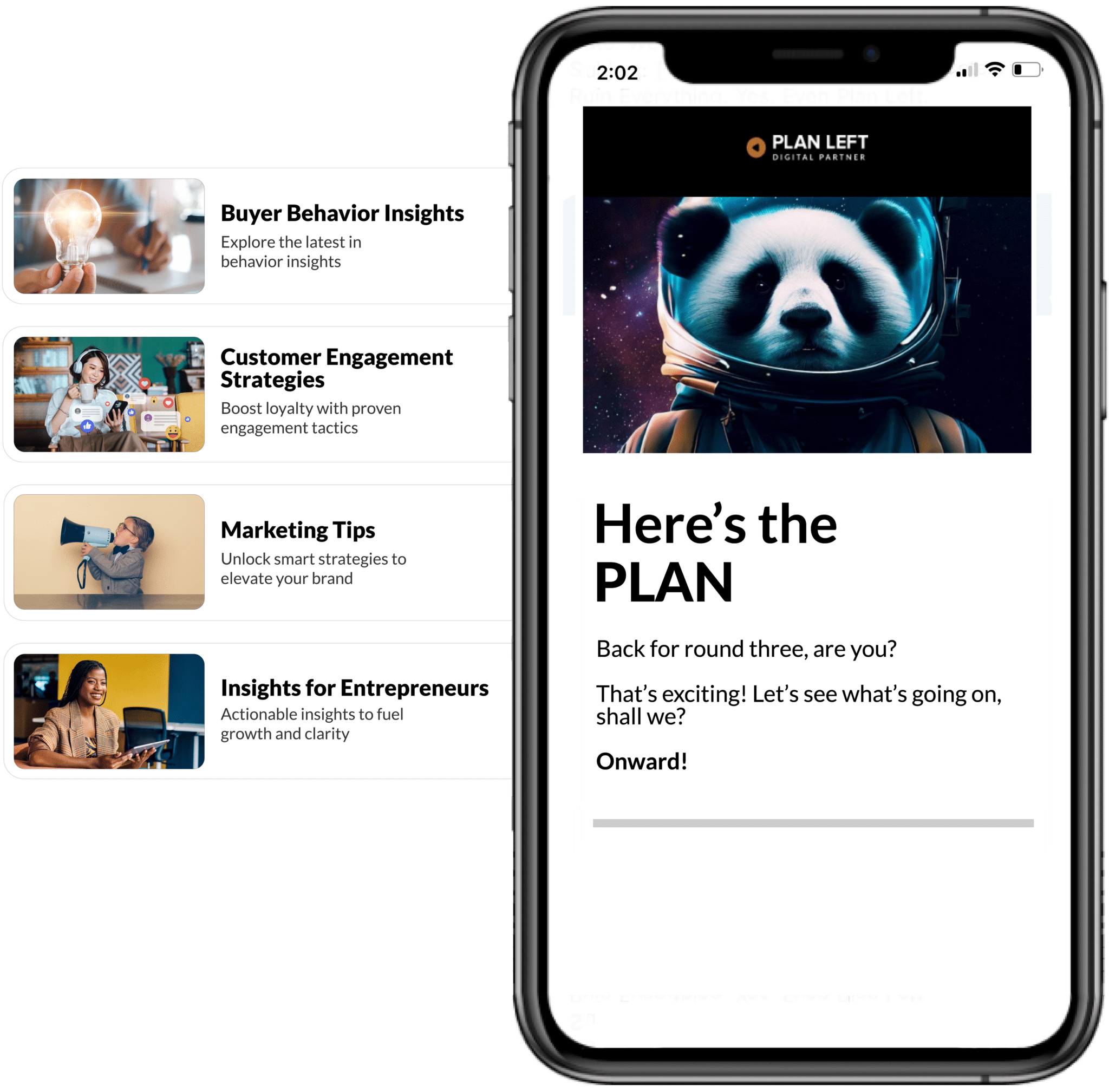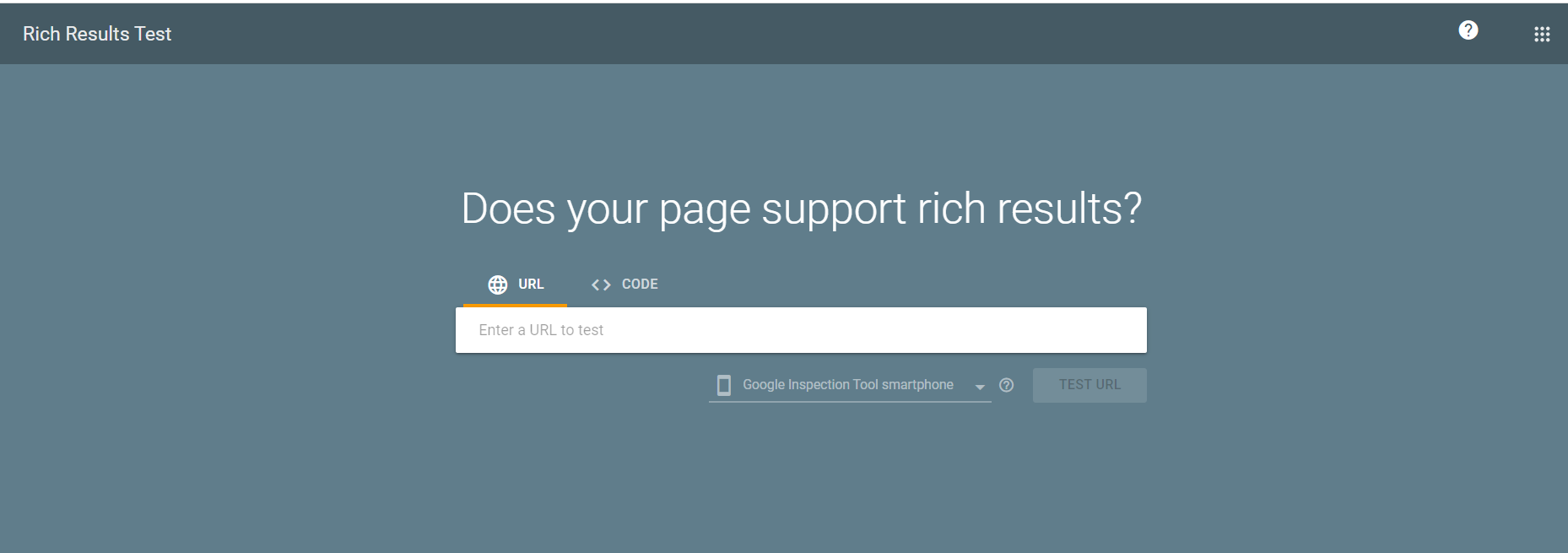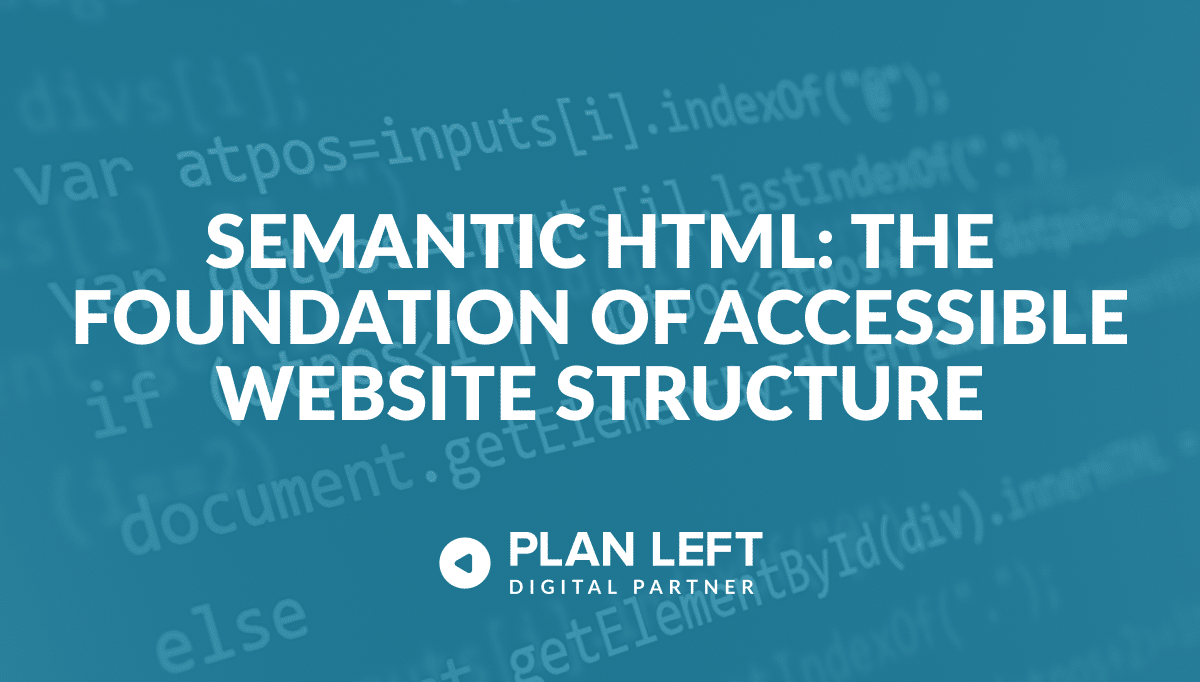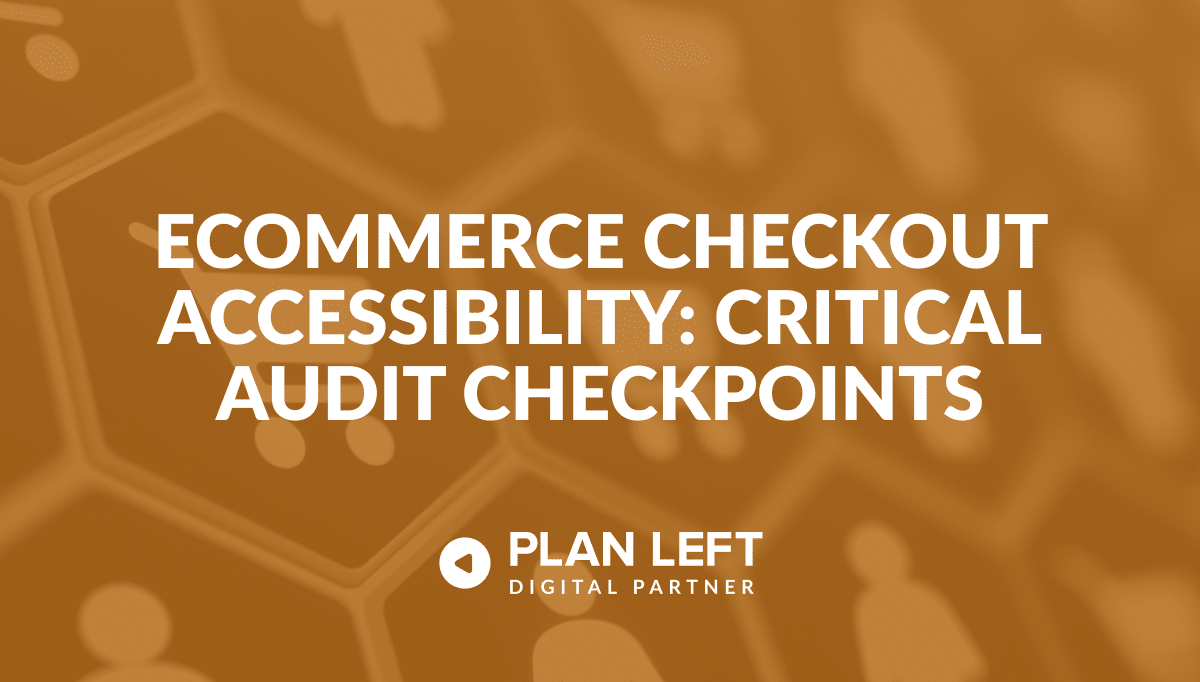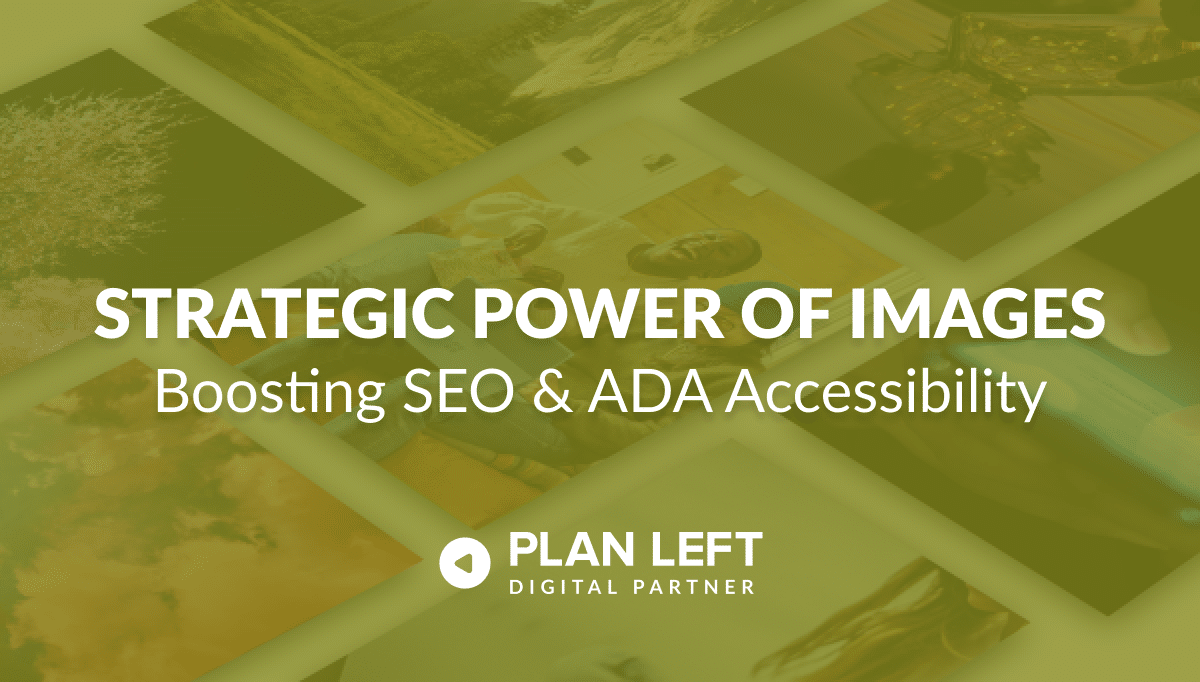
You know those vibrant visuals that give your website its personality? Yeah, they’re not just there to look pretty. Those images are pulling double-duty. Images on your website work hard to boost your SEO and make sure everyone, including those with disabilities, enjoys your website.
Images – The Unsung Heroes of Ranking
While content remains king in the SEO realm, images are the unsung heroes, often overlooked yet crucial for rankings. Search engines, especially Google, are giving visual content its due importance. But remember, search engines can’t ‘see’ images like we do. They rely on textual cues, like alt text and file names. So, giving your images the attention they deserve isn’t just good practice—that attention is a ranking necessity.
Visual Appeal Isn’t a Vanity Metric
Have you ever noticed those images popping up in your Google search results, visually inviting you to click on the website and see more? That could be your content when optimized correctly. A staggering 93% of consumers place significant weight on visual appeal when making buying decisions.
Google pulls images and shows them in rich results, capturing user attention and driving more organic traffic to your site. Think of it as securing a VIP pass to the search results party.
Generating brand awareness, increasing conversions, and hitting those goals. 78% of online shoppers prioritize products vividly brought to life with images.
Want to see if your content is making the cut? Test your pages with Google’s Rich Results Test to see how they stand out.
Inclusivity and Broadened Market Reach
You might think ADA website compliance is just another item on that long list of business must-dos. But here’s the thing: ADA website accessibility is about opening your digital doors wide and saying, “Everyone’s welcome here.”
Imagine you’ve got this fantastic image on your website. It’s vibrant, adds purpose and value to the content, and perfectly expresses your message. But what if a chunk of your audience couldn’t see or experience it? That’s where ADA compliance comes in. By giving your images the right tags and descriptions, you’re making sure everyone, including the 1.3 billion individuals with disabilities, gets the whole picture.
There’s more to accessibility than just being inclusive. A survey by Accessible By Design revealed that individuals with various disabilities, including visual, hearing, cognitive, and speech impairments, had strong negative reactions to businesses that overlooked accessibility and usability. A significant 40% took adverse actions against such businesses, like withholding purchases or not recommending them. A whopping 81% felt a general disconnect, viewing these brands as unreliable.
These aren’t just numbers; they’re potential customers and brand advocates. And their negative perceptions? They can ripple out, affecting a brand’s reputation and bottom line. Which is precisely why accessibility isn’t just a “nice-to-have” but a cornerstone of Corporate Social Responsibility (CSR).
And the benefits don’t stop there:
- Hello, Higher Conversion Rates – Websites prioritizing accessibility often see better conversion rates. Think of it as casting a wider net and reeling in a diverse audience.
- SEO Loves It – Have you ever thought of search engines as virtual screen readers? They have a soft spot for images with apt descriptions. It gives them a clearer understanding of your content, potentially giving you an edge in the rankings.
- Shiny Brand Reputation – A study from Ecomback highlighted that businesses that emphasize accessibility are perceived more positively. They’re seen as socially responsible, fostering trust and loyalty.
Double-Duty Optimization
Making images work for you is an art and science. Having a beautiful, visually stimulating, or informational image is a piece of the whole. You want the picture to be seen by the right people, regardless of ability, and understood in the right context.
So, how do you make your images work for both SEO and ADA?
- Descriptive Alt Text – This is your image’s elevator pitch to search engines and screen readers. Make it relevant and descriptive. See below for alt text example for the Plan Left SEO Elephant.
-
- <img src=”path_to_image_2.jpg” alt=”Animated image of a playful elephant wearing glasses, intently looking at a computer screen in a cozy room with a potted plant and a wall clock. The ‘Plan Left’ logo is discreetly placed in the scene.“>
- Image Compression – Speed is everything. Tools like Imagify compress your images without compromising quality.
- Responsive Design – Optimize your images to look great across all devices. Test them for quality and responsiveness on desktops, smartphones, and tablets.
- File Format Choices – Common best practices for website images state to use JPEG for photographs, PNG for graphics with transparent backgrounds, and consider WebP for faster loading times.
Pixels With Purpose
In the grand scheme of things, images might seem like minor details. In the big picture, they’re powerful storytellers. They elevate your brand, connect with your audience, and drive results that matter. While the technicalities of SEO and ADA compliance are essential, the bigger picture is what truly counts.
At Plan Left, we’re not just about optimizing images. We believe every pixel on your site should contribute to the story you want to tell, the brand you aim to build, and include all users on your website. If you’re ready to make every image count and let every pixel play its part in your brand’s journey, let’s chat. Together, we can create a digital tapestry that’s not only effective and accessible but unforgettable.
Explore Latest Posts
Every developer has faced the moment when their beautifully designed website looks perfect in the browser but fails spectacularly when ... read more
July 2, 2025
Every abandoned cart tells a story. For users with disabilities, that story is often one of frustration, exclusion, and missed ... read more
June 30, 2025
Your website passes every automated accessibility check, meets WCAG compliance standards, and earned a perfect score on your latest audit. ... read more
June 25, 2025
Essential Strategies for Entrepreneurs
Get Actionable Business Insights & Marketing Tips
Our newsletter delivers real-world strategies from entrepreneurs who’ve been exactly where you are.
Sign up now for:
- Actionable growth strategies that work
- Insider tactics for attracting top talent
- Real-world case studies from successful founders
- Emerging tech trends that drive innovation
- Pragmatic marketing approaches for visionary leaders
